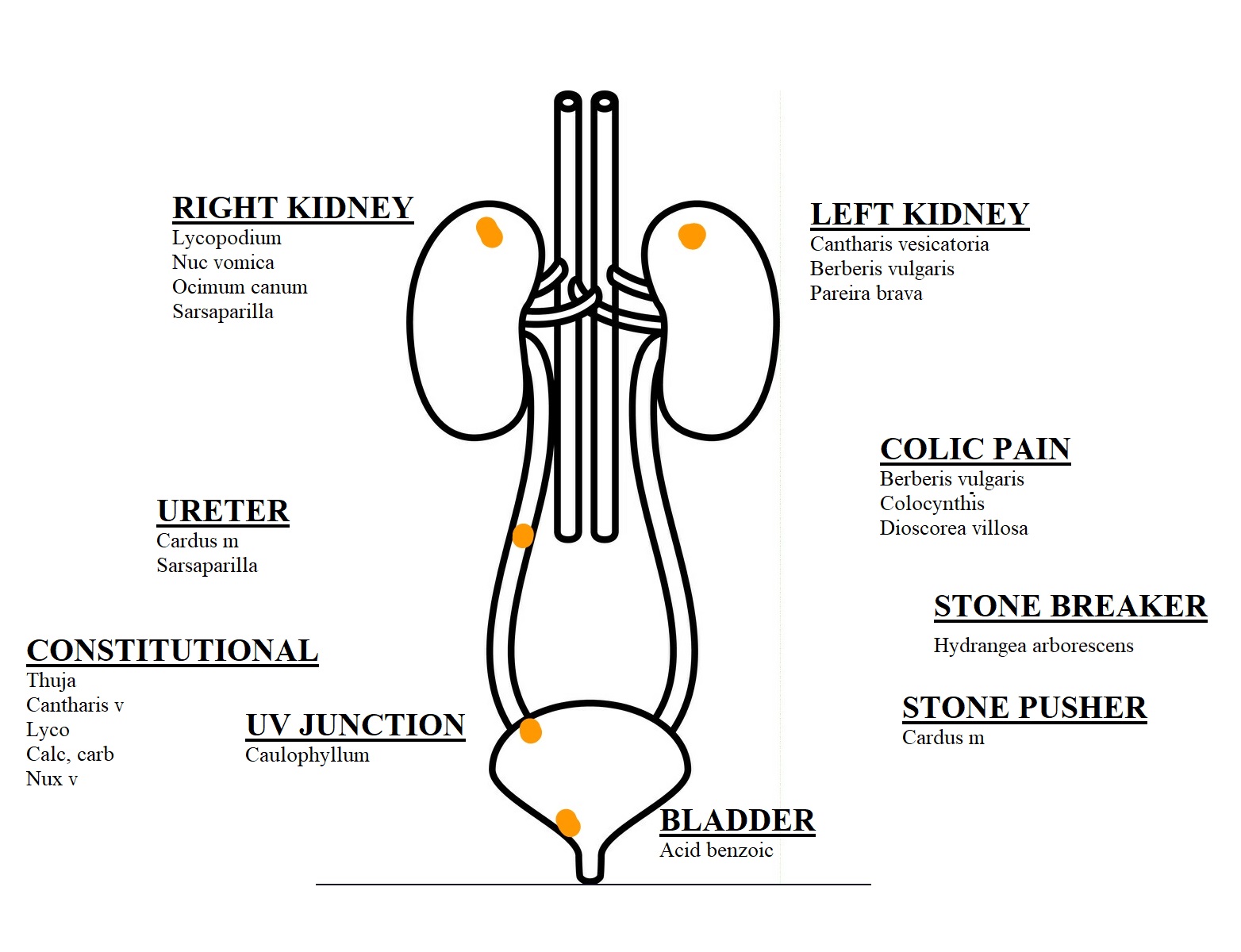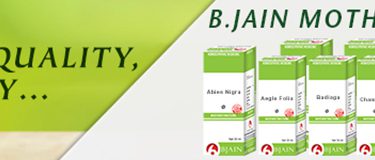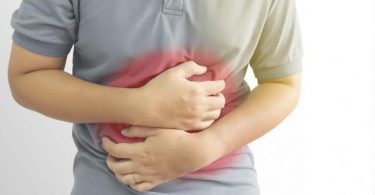Author: Dr. Ch. Kapilesh
PG Scholar, Department of Organon of Medicine
Father Muller Homoeopathic Medical College
Deralakatte, Mangaluru-575018.
ABSTRACT:
Renal stone disease is common, affecting people of all countries and ethnic groups. While men are more frequently affected by urolithiasis than women, with a ratio of 2.5:1, the incidence in women is increasing. Initial presentation predominates between the third and fifth decade. This article deals with an overview of renal calculi, causation and homeopathic management.
KEY WORDS: Renal Calculi, Homeopathic management.
INTRODUCTION:
Kidney stones (also called renal calculi, nephrolithiasis or urolithiasis) are hard deposits made of minerals and salts that form inside your kidneys.
Pathophysiology:
Urinary calculi consist of aggregates of crystals, usually containing calcium or phosphate in combination with small amounts of proteins and glycoproteins. The most common types are: Calcium oxalate, Calcium phosphate, Uric acid, Magnesium ammonium phosphate (struvite), Cystine and others.

PREDISPOSING FACTORS/ RISK FACTORS:
1) Environmental and dietary causes:
• Low urine volumes: high ambient temperatures, low fluid intake
• Diet: high protein, high sodium, low calcium
• High sodium excretion
• High oxalate excretion
• High urate excretion
• Low citrate excretion
2) Acquired causes:
• Hypercalcaemia of any cause
• Ileal disease or resection (increases oxalate absorption and urinary excretion)
• Renal tubular acidosis type I
3) Congenital and inherited causes:
• Familial hypercalciuria
• Medullary sponge kidney
• Cystinuria
• Renal tubular acidosis type I (distal)
• Primary hyperoxaluria
CLINICAL FEATURES:
1) Many patients with renal stone disease are asymptomatic, whereas others present with pain, haematuria, UTI or urinary tract obstruction.
2) A common presentation is with acute loin pain radiating to the anterior abdominal wall, together with haematuria.
3) It is typically localized to the flank and may be associated with nausea and vomiting.
4) The pain may occur episodically and may radiate anteriorly over the abdomen.
5) As the stone progresses down the ureter, the pain may be referred into the ipsilateral groin. If the stone becomes lodged at the uretero-vesicular junction, patients will complain of marked urinary urgency and frequency and in men, pain may radiate to the tip of the penis. After the stone passes into the bladder, there typically is minimal pain with passage through the urethra.
INVESTIGATION:
A plain abdominal radiograph (kidney, ureter and bladder [KUB]) and renal ultrasound.
HOMEOPATHIC THERAPEUTIC:
Homeopathy treats the person as a whole. It means that homeopathic treatment focuses on the patient as a person, as well as his pathological condition. The homeopathic medicines are selected.
Berberis vulgaris: “Excellent remedy for renal calculi.” Pains shoot: radiate from a point. Cannot make the least motion: sits over to painful side for relief. Sharp, darting pains following ureter and extending down into legs. Pains run up into kidneys and down into bladder.
Cantharis: One of the best remedies during the paroxysms of renal colic. Pain and excitement found in no other remedy. Pains lancinating, cutting, stabbing like knives, shoot off in different directions. Burning pain, with intolerable urging to urinate.
Lycopodium: Usually right-sided. Pain extends along ureter and ends in bladder: not down leg. Back-ache, > by urination. Red sand in clear urine. Characteristics of Lyc. Desire for sweets and hot drinks.
Nux vomica: Indicated in renal colic when one kidney (especially the right is the seat of the disease. Pains extend to genitalia and down leg, with nausea and vomiting. Renal colic, especially when each pain shoots to the rectum and urges to stool.
Sarsaparilla: Excruciating neuralgia of the kidneys. Renal colic. Passes gravel: vesical calculi. Tenesmus: extreme pain at conclusion of urination: yells with pain :-or urine passes without sensation. “Urine only passes freely when standing.”
REFERENCE:
1. Stephen J , Maxine A Current medical diagnosis & treatment: 58. ed. a LANGE medical book; 2019: 975
2. Davidson’s Principle and Practice of Medicine: 23rd ed: 2018
3. Boericke William, New Manual of Homoeopathic Materia Medica with Repertory. Bjain Publishers Ltd.
4. Clark J.H ;Dictionary of practical materia medica.




